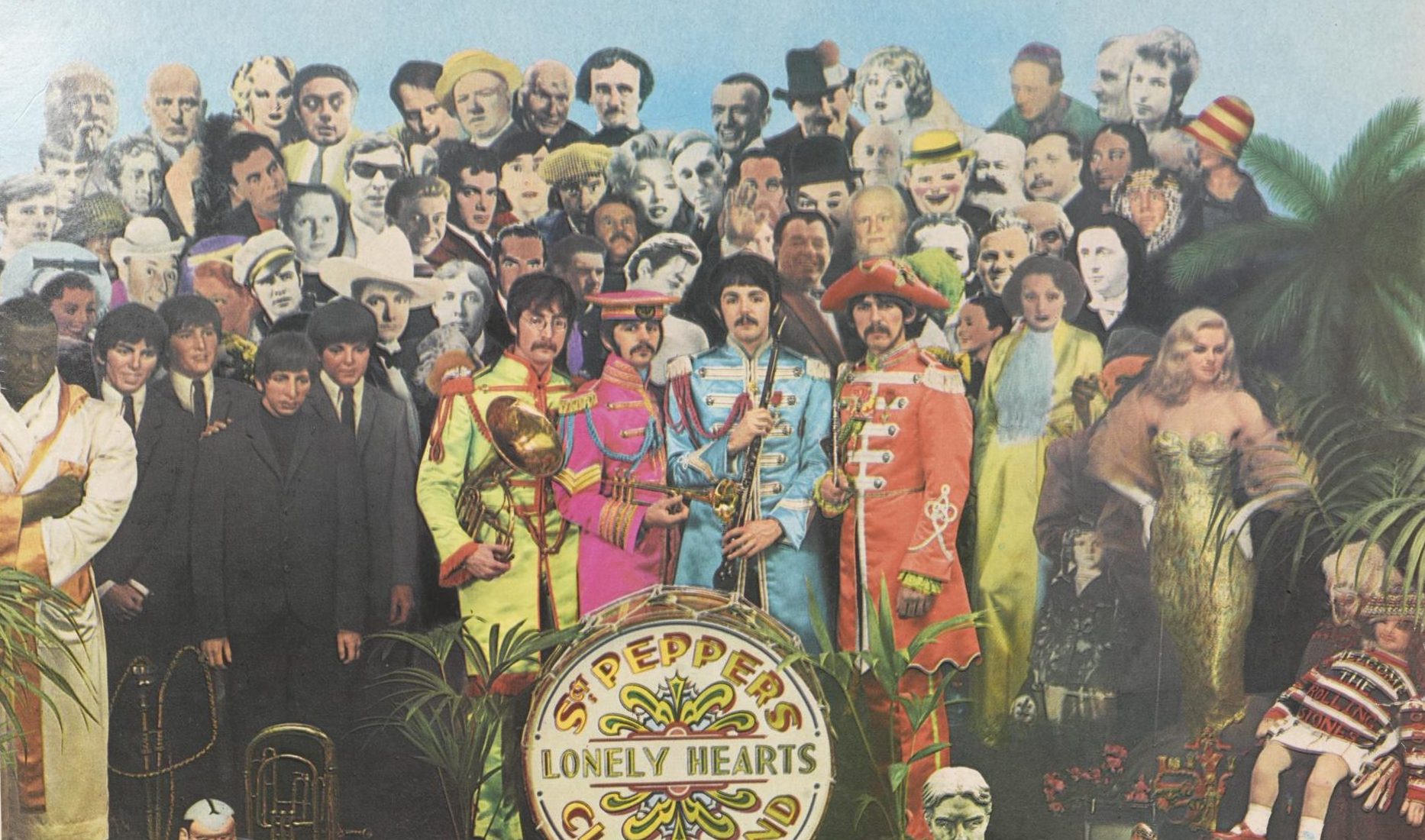On 26 May 1967, the eighth studio album by The Beatles was given a rushed release in the UK. No songs were issued as singles, and yet it sold 2.5 million copies in three months and was regarded as one of the most popular and influential records of the decade.
In many ways, Sgt. Pepper’s Lonely Hearts Club Band is a surprising album: it explored new sounds and ways of recording music, developed the idea of the concept-album and was a cornerstone for British psychedelia.
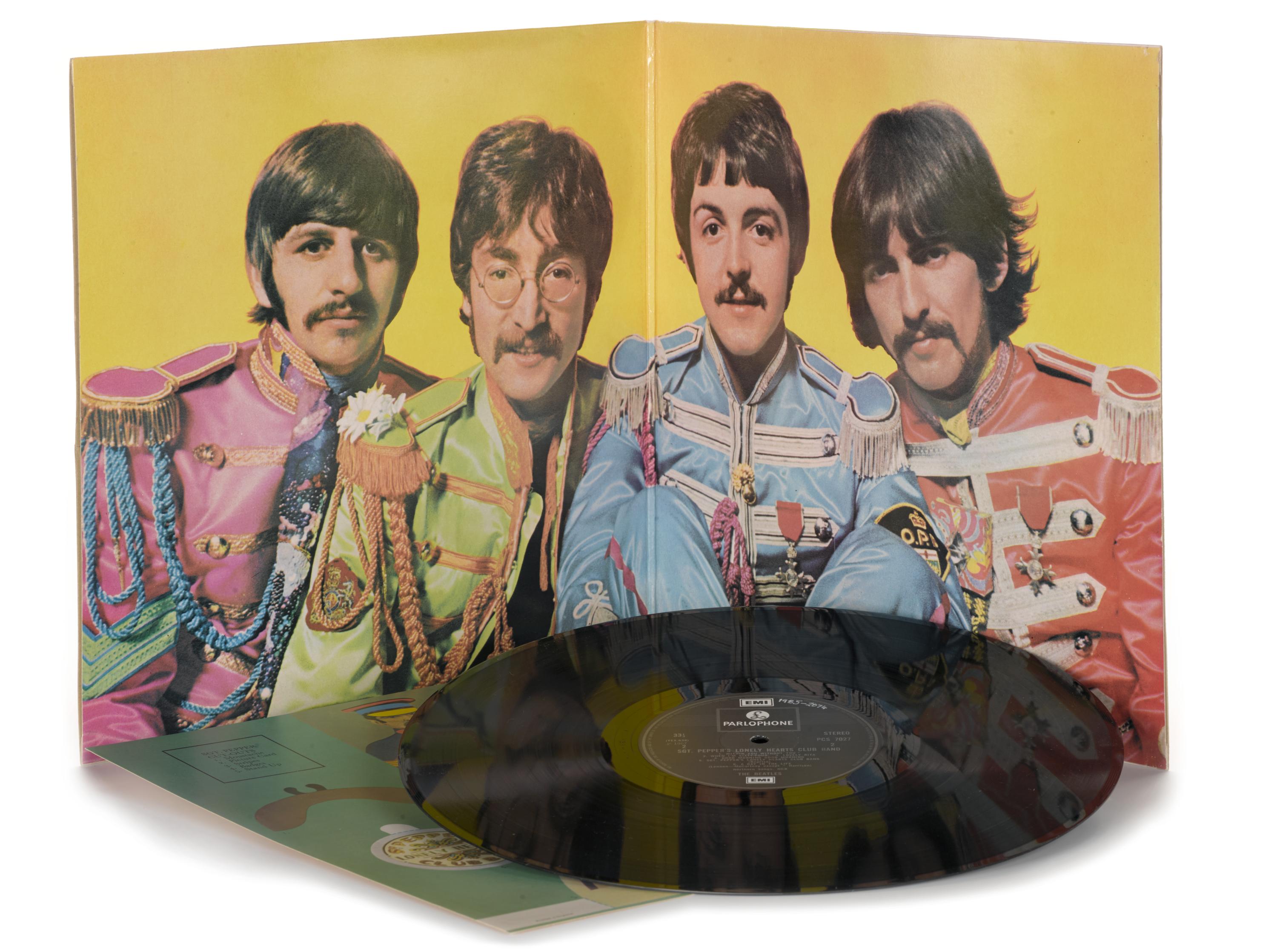
CAN A RECORD CHANGE THE WORLD?
Thanks to the band’s White Album sales, their record company EMI was able to fund scientific research. Part of this funding went to Sir Godfrey Hounsfield, who was researching X-rays and eventually invented the CT scanner.
The CT scanner makes it easier for radiologists to view the soft tissues in the body, enabling them to create detailed images and detect any abnormalities.
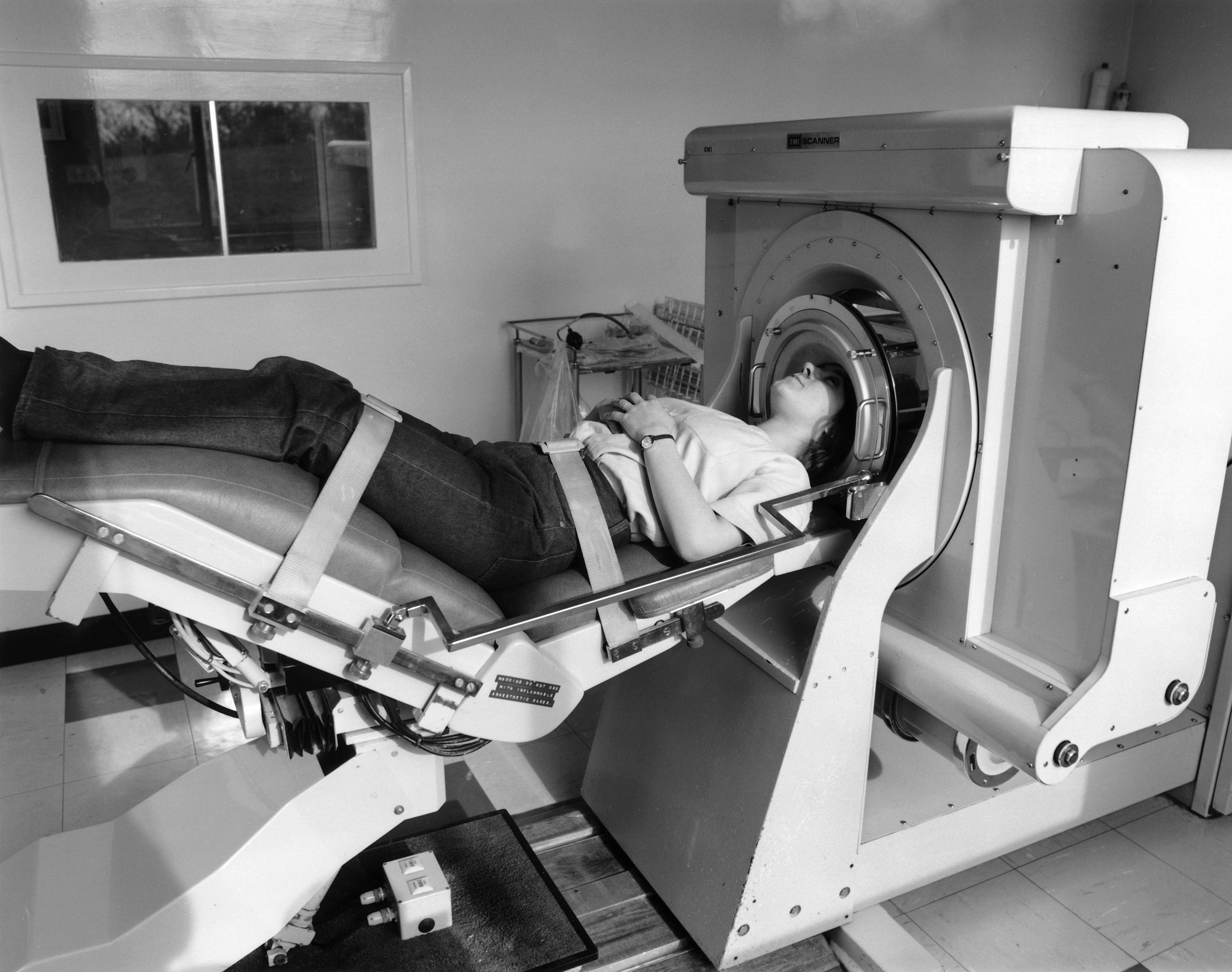
…IN THE SKY WITH DIAMONDS
Astronomers tend to be pretty creative about naming newly discovered asteroids. No surprise then that there are not one but five space-rocks named after the Liverpudlian icons: Lennon, McCartney, Harrison, Starr and Beatles.
WAKE UP AND SMELL THE COFFEE
In 2005, astronauts on board of the International Space Station were awakened by a very special guest. In a special live relay, Sir Paul McCartney played ‘Good Day Sunshine’ for the intrepid astronauts orbiting Earth. We can’t imagine a catchier tune to be woken up by…
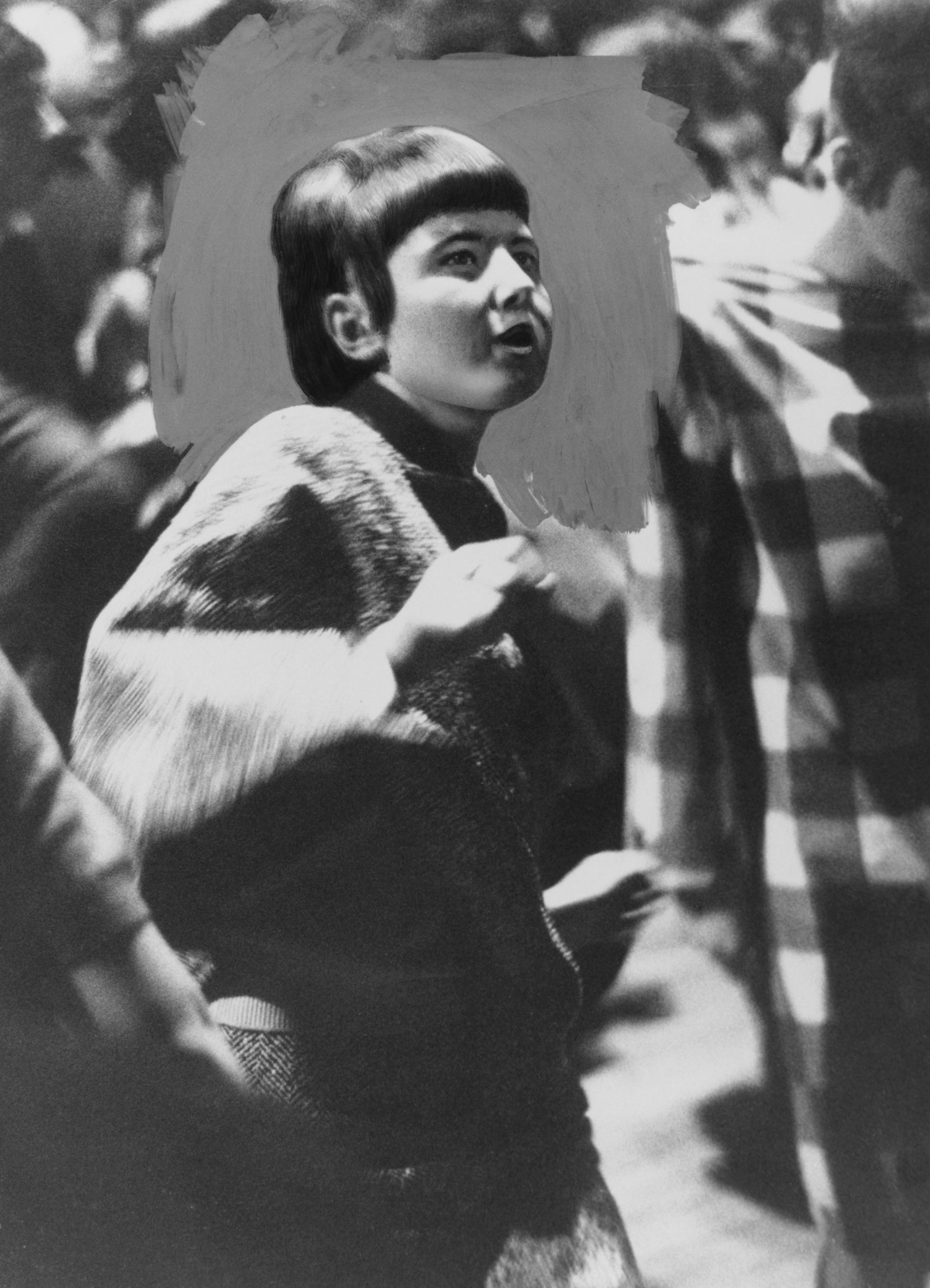
Image: Daily Herald (DHA) Archive at the National Media Museum, Bradford.
NOISE CANCELLING SOFTWARE
Just before recording Sgt. Pepper’s, The Beatles decided to stop playing live shows: Beatles concerts had become, in the words of Lennon, ‘tribal rites’ and as the Live At The Hollywood Bowl album demonstrates, sound quality was heavily affected by the sheer number of screaming fans.
But in 2016, James Clarke, a system analyst at Abbey Road Studio, devised a de-mixing software using a programming tool called MATLAB. It works by taking a track and separating it into each of its constituent parts – bass, guitar, kick drum, vocals and remixing them, enabling the restoration of the only Beatles live record in existence.
BIOLOGY (UN)COVERED
In 1983 one of the best-known textbooks in molecular biology, Molecular Biology of the Cell, was published.
When its third edition was printed in 1994, its authors decided to put their own tribute to The Beatles’ Abbey Road album cover on the back of the book, taking a picture of them walking across the iconic street. This started a twenty-year-long tradition of Beatles covers homages, currently sitting in many university libraries worldwide.
On the following book update in 2002, they went full out with the Beatlesmania, going as far as to recreate the Sgt. Pepper’s celebrity collage, substituting familiar pop culture icons with a variety of science figures. How many can you recognise?
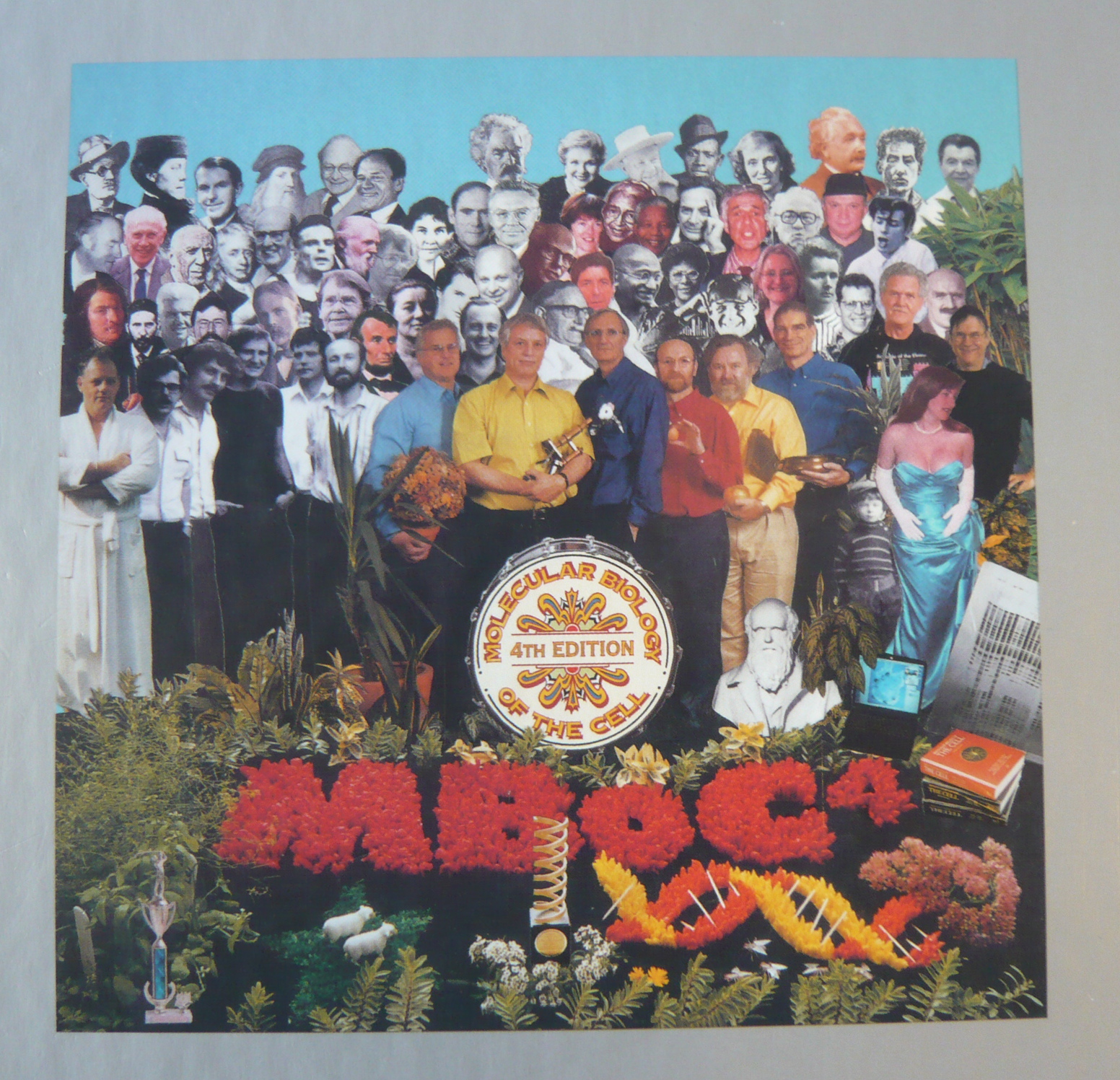
The first pressing of Sgt. Pepper’s Lonely Hearts Club Band is part of the Science Museum Group collection.
